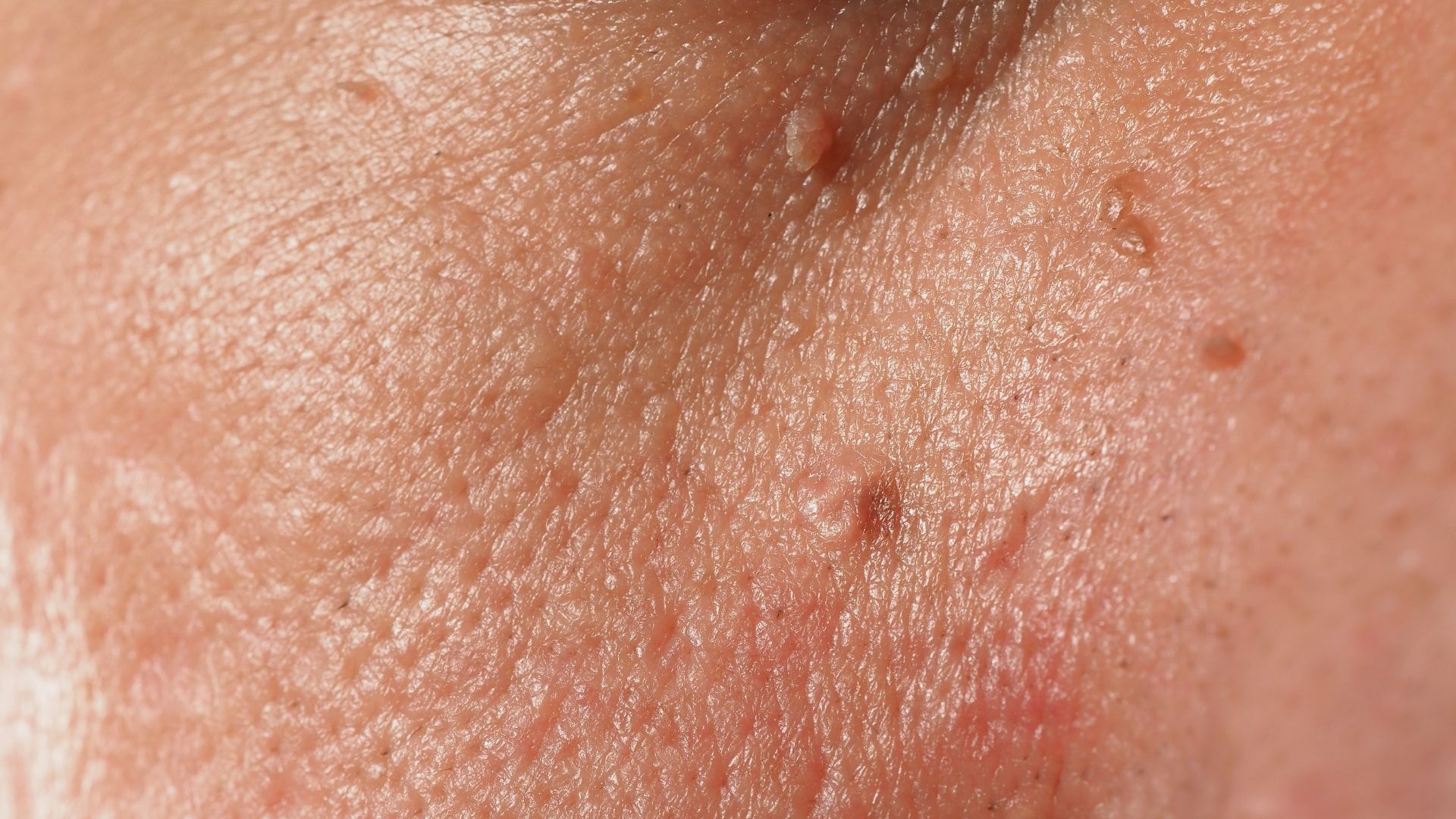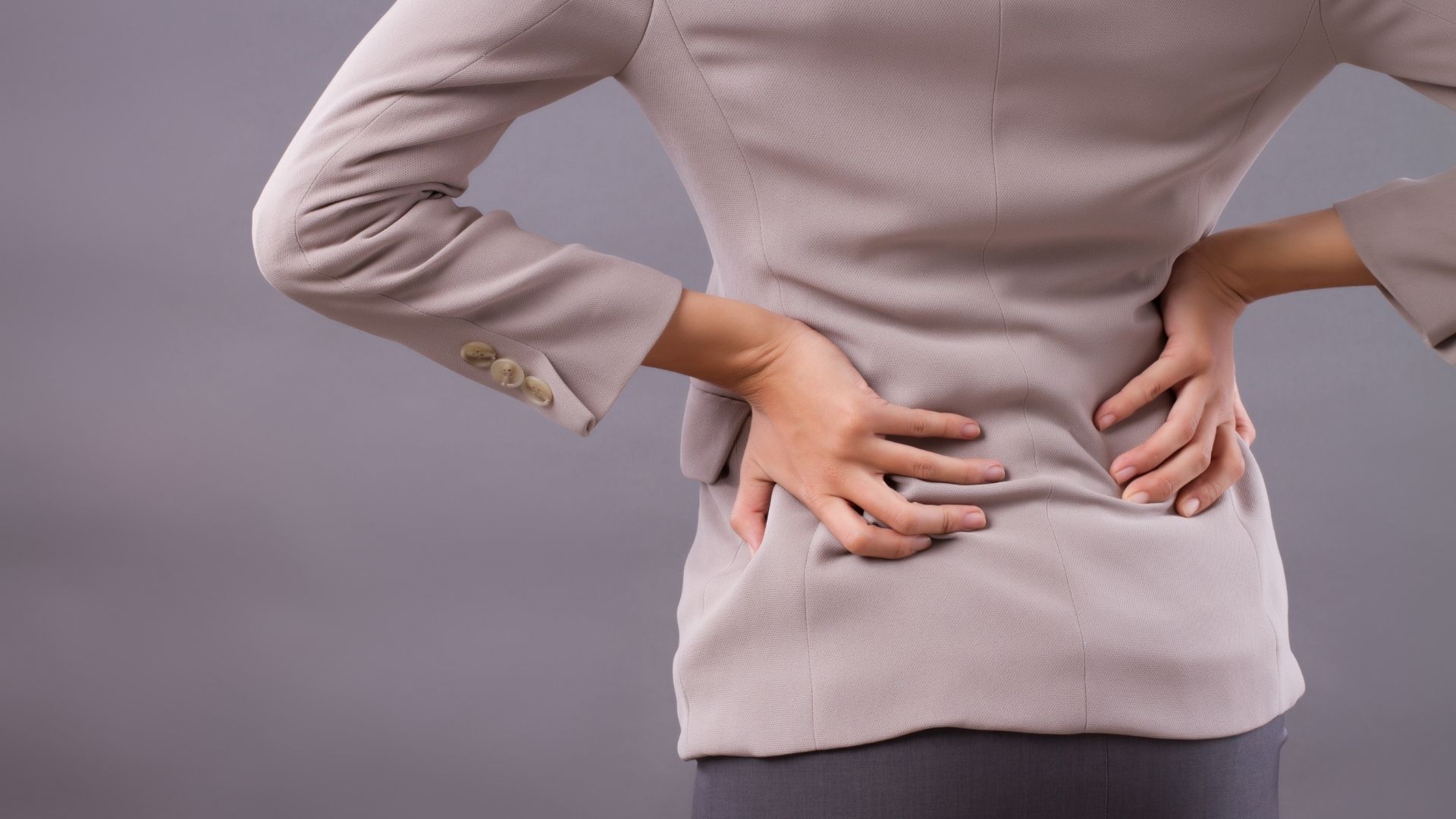Endometriosis is a condition recognized as a major problem of the female reproductive system.
What is Endometriosis?
Endometriosis is a condition where tissue that looks like the inner lining of the uterus grows outside the uterus. This tissue can often be found around the uterus, in the ovaries, intestines or pelvis. Every month during the menstrual cycle, the body sheds the lining of the uterus (endometrium). In the case of endometriosis, however, this tissue cannot be excreted because it is on the outside. This can lead to inflammation, pain and other serious problems.
Causes of Endometriosis:
The exact cause of endometriosis is unknown, but some factors may increase the risk:
Genetic Predisposition: Family history may increase the risk of endometriosis.
Immune System Problems: A weak immune system can increase the risk of endometriosis.
Reversed menstrual flow: Blood from menstruation flowing outside the uterus can trigger the development of endometriosis.
Surgical Interventions: Women who have had a previous hysterectomy may be at risk of endometriosis.
What are the Symptoms of Endometriosis?
Symptoms of endometriosis can vary from person to person and may include:
Pelvic pain and cramping
Painful menstruation during menstruation
Intercoital pain (pain during sexual intercourse)
Fatigue
Diarrhea or constipation
Pain during urination
Ovarian cysts
How is Endometriosis Diagnosed?
The diagnosis of endometriosis requires the help of a gynecologist. The following steps can be taken to make a diagnosis:
History Taking: The doctor will take a detailed history from you to learn about your symptoms and when your pain started.
Physical Examination: The gynecologist will examine the pelvic area, looking for signs of endometriosis.
Imaging Tests: Imaging tests such as ultrasound or magnetic resonance imaging (MRI) can help detect endometriosis lesions.
Laparoscopy: The most commonly used method to confirm the diagnosis is laparoscopic surgery. Using a small camera, the doctor can examine the internal organs and confirm or remove endometriosis lesions.
How is Endometriosis Treated?
Treatment for endometriosis can vary depending on many factors, such as the severity of symptoms, age and the patient’s future plans to have children. Treatment options may include
Medications: Hormonal medications can be used to reduce pain and control the growth of endometriosis.
Surgery: Laparoscopic surgery can be used to remove endometriosis lesions.
Alternative Treatments: Some patients may prefer to try alternative treatments, but should consult a specialist.
Conception Plans: For women who are planning to have children, special treatment options may be available.
Endometriosis and Quality of Life
Endometriosis can negatively affect quality of life due to pain and other symptoms. Therefore, it is important to join support groups, learn stress management techniques and maintain a healthy lifestyle.
Endometriosis is an important health problem that affects women’s lives. Early diagnosis and treatment play a critical role in managing endometriosis and can improve quality of life.




